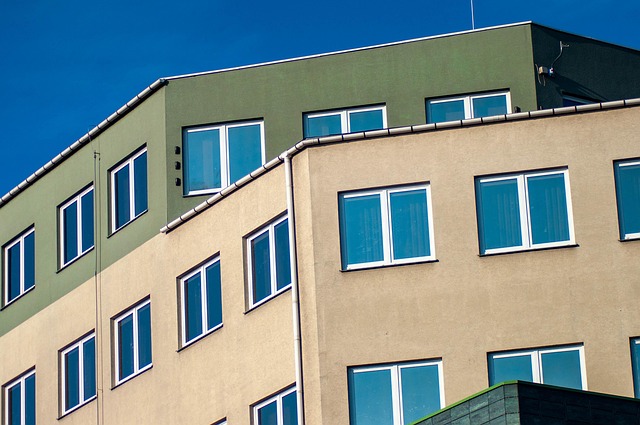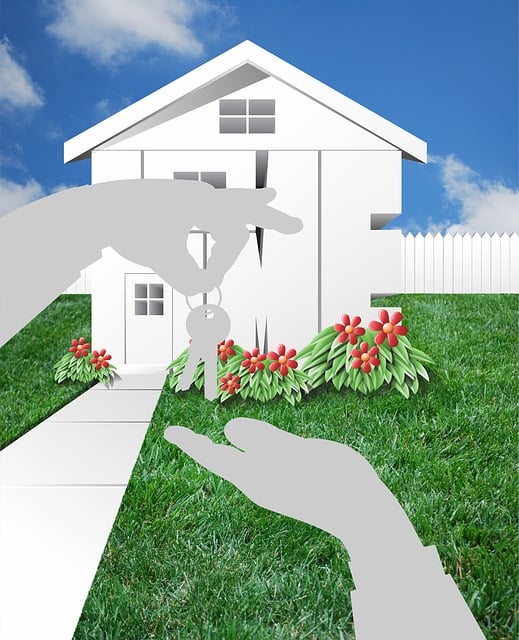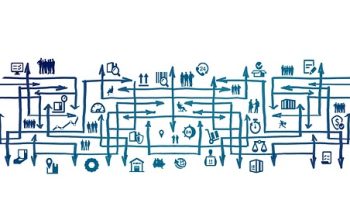Proactive Property Management (PPM) leverages modern technology like data analytics, IoT devices, and automation to anticipate and prevent issues before they occur. By monitoring key metrics in real-time, PPM optimizes space utilization, enhances tenant experiences, and improves overall property efficiency while maximizing asset performance and minimizing costs. Digital tools streamline communication, smart sensors detect maintenance issues early, and centralized software platforms offer real-time building performance insights for data-driven decisions. Predictive analytics using machine learning algorithms further revolutionizes PPM by enabling managers to anticipate maintenance needs, rental trends, and tenant behavior, resulting in improved investment returns and satisfaction for all stakeholders.
In today’s digital age, proactive property management is transforming the real estate landscape. This article explores how technology plays a pivotal role in revolutionizing this modern approach, driving efficiency and enhancing tenant-landlord relationships. From smart maintenance systems to predictive analytics, these innovations enable landlords to anticipate needs before issues arise. Discover how these cutting-edge tools optimize property management strategies, ensuring seamless operations and maximized returns for investors embracing proactive methods.
- Understanding Proactive Property Management: A Modern Approach
- The Impact of Technology on Efficient Property Maintenance
- Digital Tools for Enhanced Tenant-Landlord Communication
- Predictive Analytics: Revolutionizing Property Management Strategies
Understanding Proactive Property Management: A Modern Approach

Proactive property management is a modern approach that leverages technology to anticipate and prevent potential issues before they occur, rather than just reacting to problems after they’ve arisen. In today’s digital era, this forward-thinking strategy has become essential for maximizing asset performance and minimizing operational costs. By integrating advanced tools and solutions, property managers can gain deeper insights into their portfolios, streamline routine tasks, and enhance tenant experiences.
This approach involves the use of data analytics, Internet of Things (IoT) devices, and automation to monitor key metrics such as energy consumption, occupancy rates, and maintenance requests in real-time. This data allows for predictive analysis, enabling managers to make informed decisions and proactively address maintenance needs, optimize space utilization, and improve overall property efficiency.
The Impact of Technology on Efficient Property Maintenance

The integration of technology in proactive property management has revolutionized the way buildings and real estate are maintained, leading to more efficient operations. Digital tools enable property managers to streamline various tasks, from tenant communication to facility monitoring. Smart sensors and IoT (Internet of Things) devices can detect issues like leaky pipes or faulty electrical systems early on, reducing unexpected repairs and maintenance costs.
Through centralized software platforms, managers gain real-time insights into building performance, allowing for prompt decision-making. This includes optimizing energy usage, tracking asset locations, and managing maintenance teams more effectively. By leveraging data analytics, property managers can identify trends, predict potential problems, and implement proactive solutions, ultimately enhancing the overall quality of buildings and improving tenant satisfaction in a Proactive Property Management approach.
Digital Tools for Enhanced Tenant-Landlord Communication

In today’s digital era, technology plays a pivotal role in transforming proactive property management. Digital tools have revolutionized the way tenants and landlords communicate, fostering a more efficient and transparent relationship. With specialized software and applications, property managers can facilitate seamless interactions between all parties involved, ensuring quick issue resolution and improved overall satisfaction.
These tools offer various features such as online rental platforms, digital documentation, and real-time messaging systems. Tenants can easily report maintenance issues or communicate repair requests, while landlords have a centralized system to manage properties and tenants. This streamlines the entire process, promoting proactive management strategies that benefit both residents and property owners alike.
Predictive Analytics: Revolutionizing Property Management Strategies

Predictive analytics is transforming proactive property management by offering data-driven insights that enable managers to anticipate and mitigate potential issues before they escalate. By leveraging machine learning algorithms, property managers can analyze vast amounts of historical data, tenant behavior patterns, and market trends to forecast maintenance needs, rental price fluctuations, and even tenant turnover rates. This forward-thinking approach allows for more efficient resource allocation and proactive interventions, ultimately enhancing the overall management experience.
Through predictive models, property managers gain a competitive edge by identifying opportunities for optimization. For instance, forecasting high tenant turnover in a specific unit can prompt managers to proactively address potential issues like unpaid rent or maintenance concerns. This not only reduces vacancy rates but also minimizes financial losses and improves long-term investment returns. By embracing predictive analytics, proactive property management becomes more accurate, effective, and beneficial for both property owners and tenants alike.
Proactive property management, driven by technology advancements, offers a modern approach to optimize asset performance. By leveraging digital tools for efficient maintenance, enhancing tenant-landlord communication, and employing predictive analytics, professionals can transform the industry. This innovative strategy ensures better resource allocation, improved resident satisfaction, and data-backed decision-making, ultimately redefining the landscape of property management.




